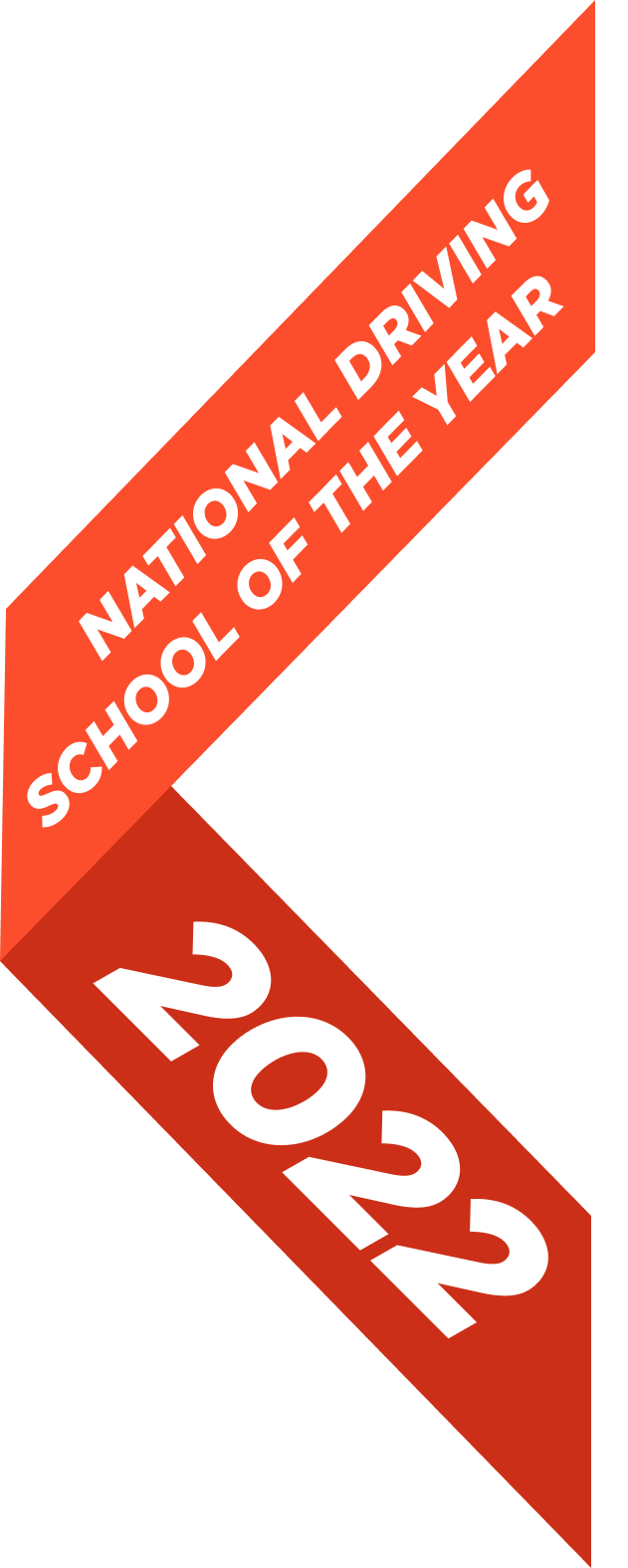


Road signs, or ‘traffic signs’ as they’re officially known, can be confusing to new learners. It may seem that there’s a never ending list of signs to learn in The Highway Code. You’ll pick up many of these while studying for your Driving Theory Test, but don’t worry as you’ll also learn many during your practical training.
The Highway Code includes many, but not all of the road signs in use. For a comprehensive list of all UK road signs, check out ‘Know Your Traffic Signs’, which is available at all good bookstores.
Getting to know your road signs is a fundamental part of learning to drive, so to help you on your way, we’ve picked out a few that often leave drivers looking confused!
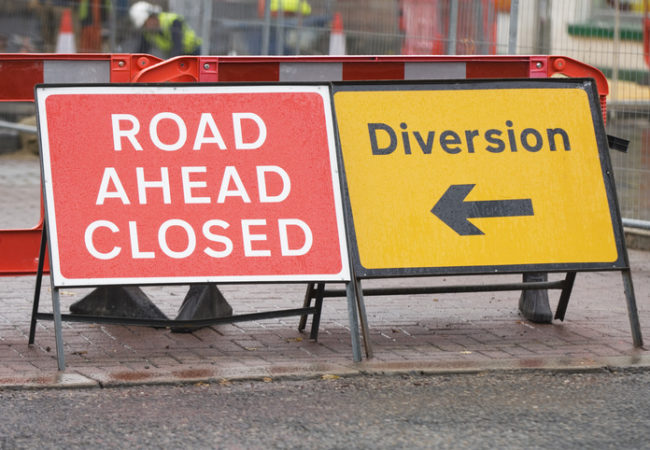
Traffic signs can be broken down into the following five categories, which should help you identify them and assess how to read them.
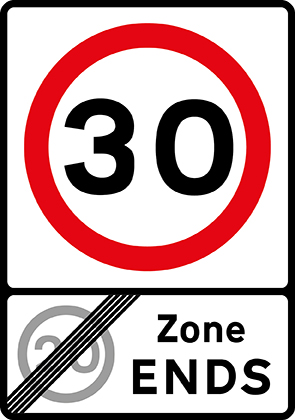
Signs giving orders can often be identified because they are mostly encased in a red circle. If there is an additional plate below the circle then this is to qualify the message of the sign.
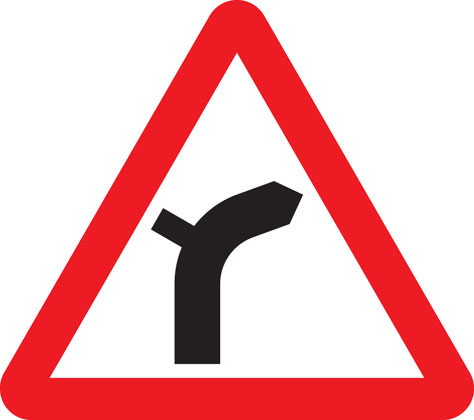
Warning signs can often be identified because of their triangular shape and red casing.
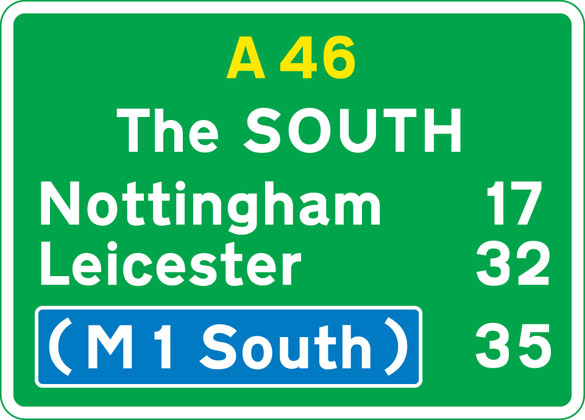
If you see a rectangular sign then it’s most likely a directional sign. On a motorway these will have a blue background, and on a primary road they’ll have a green background.
If you see a blue panel within a green panel, then this indicates that the motorway begins at the junction ahead. If you see a white panel within a green panel, this means that a local/non-primary route begins at the junction ahead.
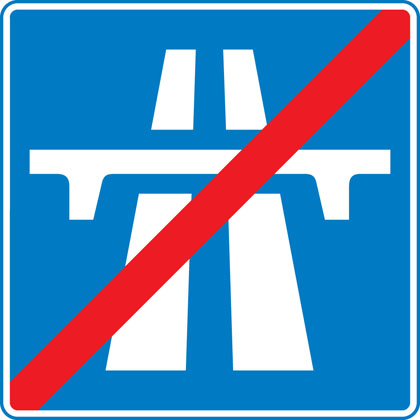
Information signs are one of the easier signs to identify – they’re always square or rectangular!
Drivers are often left stumped by the hundreds of roads signs to remember in the Highway Code. Here are some of the more common ones that leave drivers confused, to make sure you’re not left wondering what you’re looking at next time you’re on the road.
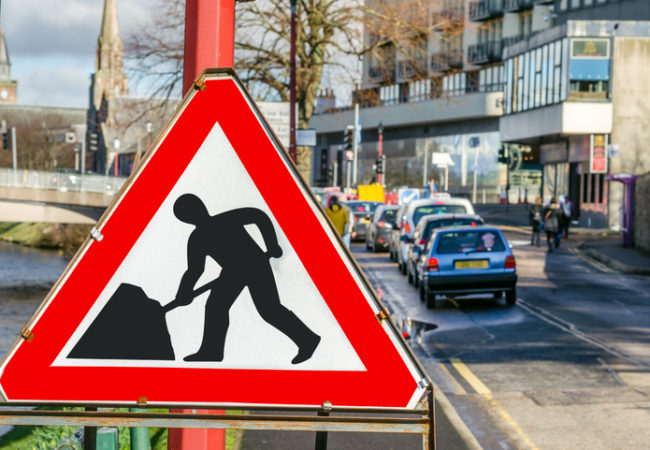
You can spot road works signs because they’re mostly triangular or have a yellow background.
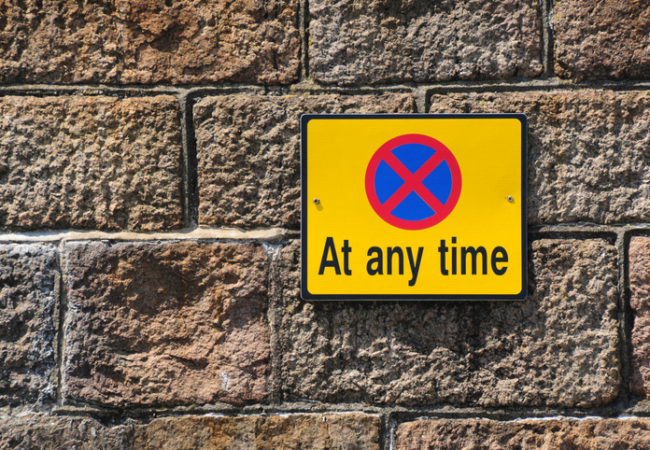
The no stopping sign is an easy source of confusion for drivers, but actually it’s meaning is very clear. Given that it’s encased in a red circle, the sign is an order. If you see the no stopping sign, then you must NOT stop at all, for any length of time. If there are allocated waiting times displayed alongside the sign, then this will actually be a no waiting sign.
The no stopping sign may also be accompanied by road markings (double yellow lines) to indicate that you shouldn’t stop, however this will not always be the case, i.e on a country road.
If you do stop when there is a no stopping sign, then you could face a FPN (Fixed Penalty Notice), or even a driving offence with points on your driving licence. If you see this sign, then don’t chance it! Keep driving and find somewhere safe to pull over, as it may not only be illegal to stop, but could also be dangerous.
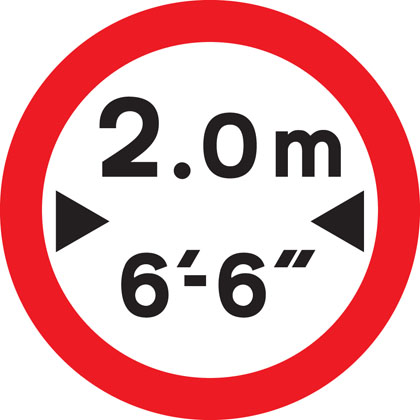
The UK is home to plenty of narrow roads (especially in more rural areas), and this sign is useful to make you aware that the road should be approached slowly. Drivers should have an awareness of the width of their car, especially when operating larger vehicles. You don’t want to clip a door mirror!
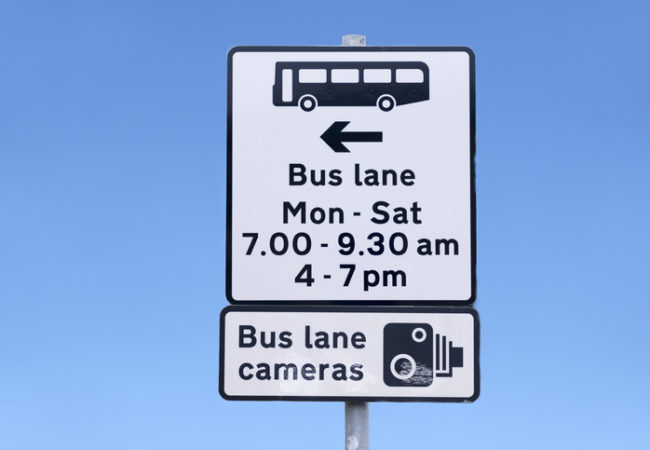
Bus lanes can be confusing for drivers of all experience levels, and nobody wants to get a FPN or points on their licence for accidentally going into one. There are a number of different signs to abide by when it comes to bus lanes. Some lanes will be for buses and other modes of transport at all times, whereas other lanes will vary by time/day.
Our advice is to be overly cautious – if you’re unsure whether you’re allowed to use the lane then don’t take the risk!
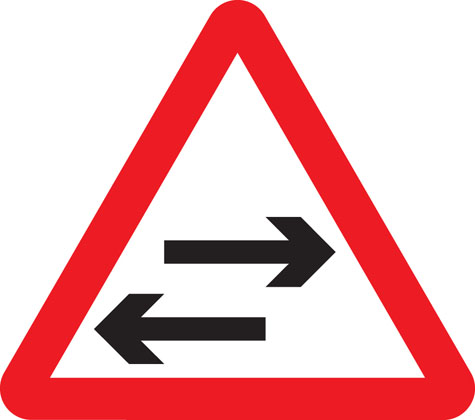
This warning sign is a common point of confusion for drivers. The two way traffic crosses one way road sign would be displayed on a one-way road, and means that the one-way road is coming to an end and will meet a two-way road when it does.
At this point the driver will be able to join the two-way road and decide which direction to travel in. The sign is designed to alert drivers to the upcoming change in the road, so they should take care to conduct all of the necessary observations when approaching the end of the one-way street.
Be especially aware of your road position on approach to the junction. You should stay stay well over to the left when emerging left, and well over to the right if you plan to emerge right.
A common fault novice drivers make is not taking up the correct position on approach to emerge right, which is a fail on the driving test.
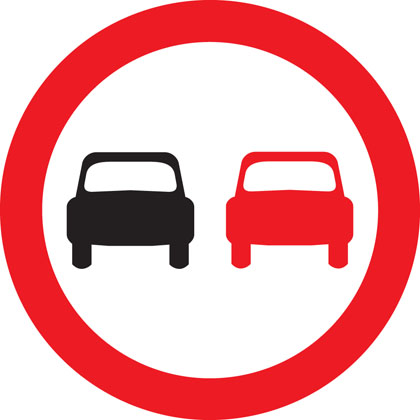
This sign means that no overtaking is allowed. As this sign is encased in a red border it means it’s a sign giving an order – so to overtake is illegal. The sign may also be used in combination with road markings, indicated by a hard white line.
There are a number of reasons why overtaking may not be allowed, some including poor visibility, an upcoming sharp bend, or a dual carriageway moving into a single lane.
Overtaking should only be done when it is completely safe to do so, because when done improperly, is a cause of accidents. Being able to overtake safely is essential to being a safe driver – your RED Driving Instructor will help you practice overtaking and build confidence for your test.
Learning to drive efficiently is being able to monitor and track your progress to test success. The Learn To Drive With RED app is a practical and theory-driving app that allows you to follow your driving lesson progression and study for your driving theory test all in one place. Designed to make learning fun, effective, and convenient.
Start your journey with a 30-day free trial. Download now.


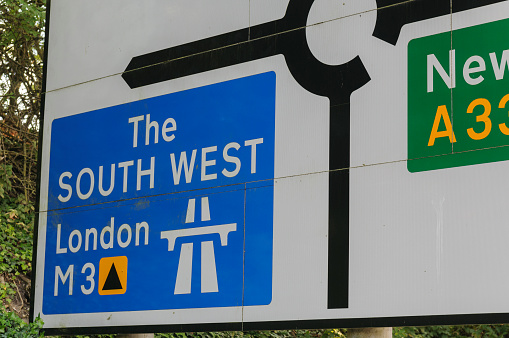
Roundabouts can be scary for young learners. We answer some questions that we often hear from learners.
Read more